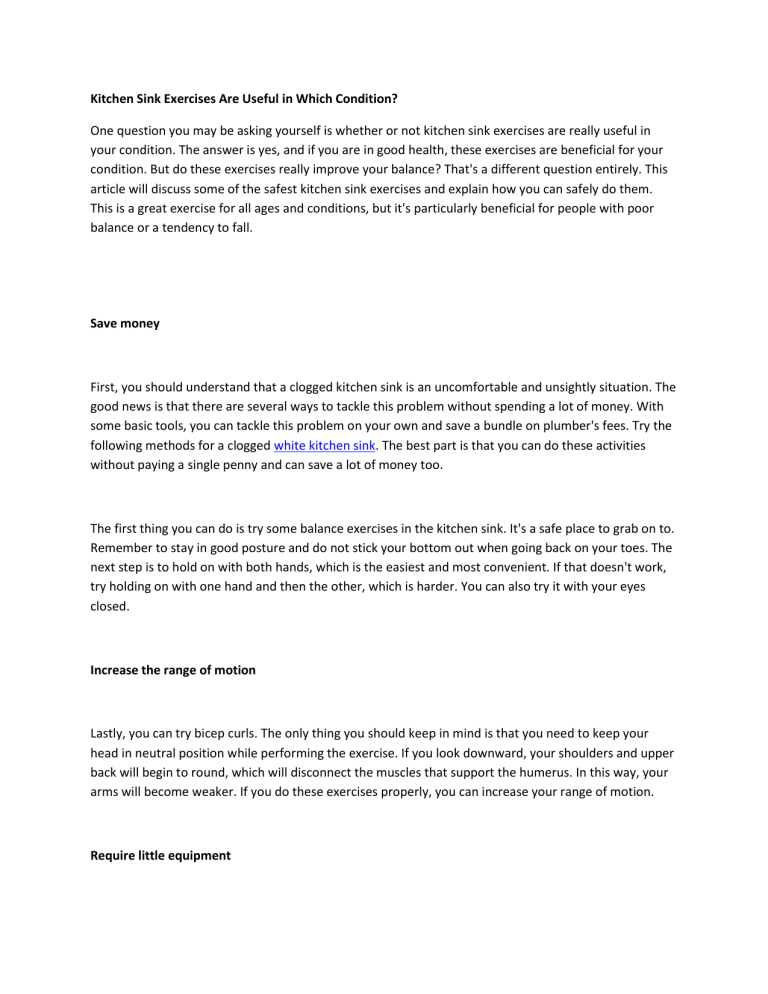Dealing with a clogged kitchen sink drain can be frustrating, especially when you've tried various methods and it still won't budge. However, before you call a plumber, there are a few things you can try to unclog the drain yourself. Here's a step-by-step guide on how to unclog a kitchen sink drain. If you have a double sink, start by plugging the other side with a wet cloth or stopper. This will help create pressure and force the clog out of the drain. Next, remove the standing water from the sink using a cup or a bowl. You may want to wear gloves for this step. Now, take a plunger and place it over the drain. Make sure there is enough water in the sink to cover the rubber part of the plunger. Plunge vigorously for a few minutes, then check if the water starts to drain. If it does, run hot water for a few minutes to flush out the remaining debris. If the plunger doesn't work, you can try using a drain snake. Insert the snake into the drain and twist it around while pushing it in and out. This will help break up the clog and allow it to flow down the drain. If the clog is still stubborn, you can try a homemade drain cleaner before resorting to chemical cleaners. Mix together equal parts of baking soda and vinegar and pour it down the drain. Let it sit for 15-20 minutes, then pour hot water down the drain to flush it out. If none of these methods work, it's time to call a professional plumber to take care of the clog.1. How to Unclog a Kitchen Sink Drain
A drain snake, also known as a plumber's snake, is a long, flexible tool used to clear clogs in drains. It is a handy tool to have at home, especially if you frequently face clogged drains. Here's how to use a drain snake to unclog your kitchen sink drain. First, insert the snake into the drain until you feel resistance. This is usually the location of the clog. Twist and push the snake until you feel it break through the clog. Next, start pulling the snake out while continuing to twist it. This will help catch any debris and pull it out of the drain. Once you've removed the snake, run hot water down the drain to flush out any remaining debris. You can also use a plunger to further clear out the clog. If the clog is still persistent, you may need to try another method or call a professional for assistance.2. How to Use a Drain Snake
If you prefer using natural and chemical-free methods to unclog your kitchen sink, here's a simple DIY drain cleaner you can make at home. You'll need:3. DIY Drain Cleaner for Kitchen Sink
If your kitchen sink is still not working after trying various methods, here are a few things you can do to troubleshoot and potentially fix the issue. First, check the garbage disposal. It may be clogged or jammed, preventing the sink from draining properly. Follow the manufacturer's instructions to clear any debris or reset the disposal. Next, check the pipes under the sink. If they are clogged, you may need to remove and clean them out. Be sure to place a bucket or towel under the pipes to catch any water that may spill out. If these steps don't work, the clog may be further down in the pipes, and you may need to call a professional plumber for assistance.4. Troubleshooting a Clogged Kitchen Sink
Chemical drain cleaners may be effective, but they can also be harsh and harmful to the environment. If you prefer using natural methods to unclog your kitchen sink, here are a few more options you can try. Boiling water is a simple yet effective way to unclog drains. Slowly pour the boiling water down the drain, and it will help dissolve any grease or oil buildup that may be causing the clog. You can also try using a combination of salt and baking soda. Mix 1/2 cup of salt and 1/2 cup of baking soda, and pour it down the drain. Follow it up with boiling water to flush out the clog. Another natural method is using a wet-dry vacuum. Set it to vacuum liquids and cover the vent to create a tight seal. Place it over the drain and turn it on. The suction from the vacuum can help pull out the clog.5. Natural Ways to Unclog a Kitchen Sink
If your kitchen sink is draining slowly, it may be a sign of a clog forming. Here's how you can fix it before it turns into a full-blown clog. Start by pouring a pot of boiling water down the drain. Next, mix 1/2 cup of baking soda and 1/2 cup of vinegar and pour it down the drain. Let it sit for 15-20 minutes, then pour another pot of boiling water down the drain to flush it out. If the issue persists, try plunging the sink or using a drain snake to remove any debris that may be causing the slow drainage. Remember to regularly clean your drains to prevent any buildup and keep them running smoothly.6. How to Fix a Slow Draining Kitchen Sink
Baking soda and vinegar are a powerful duo when it comes to unclogging drains. Here's how you can use them to clear out your kitchen sink drain. First, remove any standing water from the sink using a cup or bowl. Next, pour 1 cup of baking soda down the drain, followed by 1 cup of vinegar. Cover the drain and let it sit for 15-20 minutes. In the meantime, boil a pot of water. Once the time is up, pour the boiling water down the drain to flush out the debris. This method can be used as a preventative measure as well to keep your drains clear.7. Using Baking Soda and Vinegar to Unclog a Kitchen Sink
If you have a plunger at home, you can use it to try and clear a clogged kitchen sink before resorting to other methods. First, remove any standing water from the sink using a cup or bowl. Next, fill the sink with enough water to cover the rubber part of the plunger. Place the plunger over the drain and plunge vigorously for a few minutes. Check if the water starts to drain. If it does, run hot water down the drain for a few minutes to flush out any remaining debris. If the clog is stubborn, you may need to try another method or call a professional plumber.8. How to Clear a Clogged Kitchen Sink with a Plunger
Prevention is always better than dealing with a clogged kitchen sink. Here are a few tips to help you prevent clogs and keep your sink running smoothly.9. Tips for Preventing Clogs in Your Kitchen Sink
If none of the DIY methods seem to work, it's best to call a professional plumber to take care of the clog. They have the necessary tools and expertise to handle stubborn clogs and prevent any further damage to your pipes. Additionally, if you notice any unusual smells or sounds coming from your drains, it's best to call a professional to inspect and fix the issue. Dealing with a clogged kitchen sink drain can be frustrating, but with these tips and methods, you can try to unclog it yourself before calling a professional. Remember to regularly clean and maintain your drains to prevent any clogs in the future.10. When to Call a Professional for a Clogged Kitchen Sink
Why Your Kitchen Sink is Still Clogged After Using Drain Cleaner

Understanding the Problem
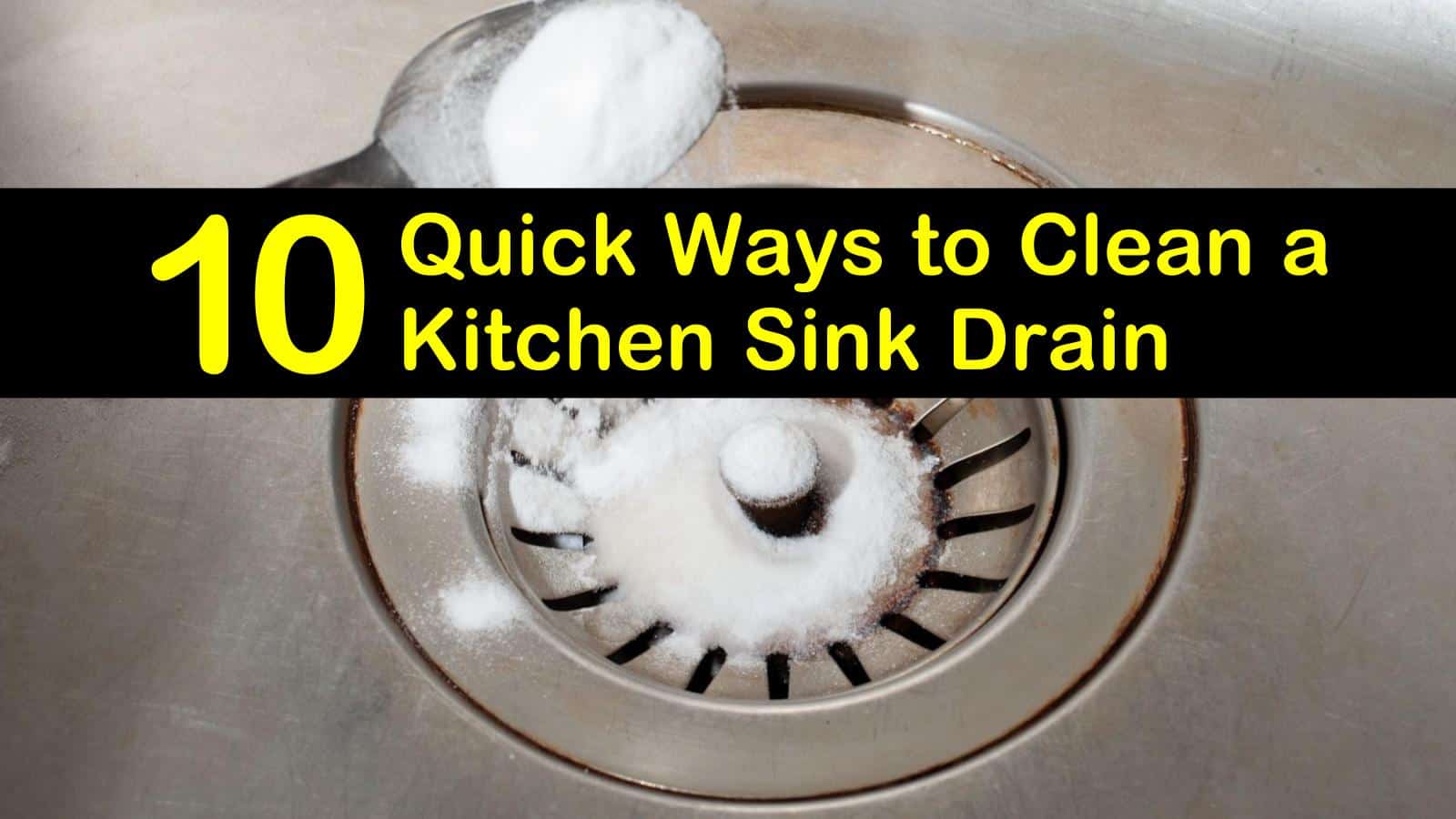 If you've recently used drain cleaner on your kitchen sink and it's still not working, you're not alone. This is a common issue that many homeowners face, and it can be frustrating and inconvenient. But before you reach for that bottle of drain cleaner again, it's important to understand why it may not have worked the first time.
Kitchen sinks
are one of the most heavily used fixtures in a home, and they are prone to clogs due to the amount of food, grease, and other debris that goes down them. When a clog occurs, many people turn to
drain cleaner
as a quick fix. However, these products may not be as effective as you think.
If you've recently used drain cleaner on your kitchen sink and it's still not working, you're not alone. This is a common issue that many homeowners face, and it can be frustrating and inconvenient. But before you reach for that bottle of drain cleaner again, it's important to understand why it may not have worked the first time.
Kitchen sinks
are one of the most heavily used fixtures in a home, and they are prone to clogs due to the amount of food, grease, and other debris that goes down them. When a clog occurs, many people turn to
drain cleaner
as a quick fix. However, these products may not be as effective as you think.
The Limitations of Drain Cleaner
 Drain cleaners
are made up of powerful chemicals that are designed to dissolve and break up clogs in your pipes. While they can be effective in some cases, they are not a one-size-fits-all solution. Depending on the severity and type of clog,
drain cleaners
may not be able to fully clear the blockage.
Another factor to consider is that
drain cleaners
are often harmful to your pipes and can cause damage over time. The harsh chemicals can weaken and corrode your pipes, leading to leaks and other plumbing issues.
Drain cleaners
are made up of powerful chemicals that are designed to dissolve and break up clogs in your pipes. While they can be effective in some cases, they are not a one-size-fits-all solution. Depending on the severity and type of clog,
drain cleaners
may not be able to fully clear the blockage.
Another factor to consider is that
drain cleaners
are often harmful to your pipes and can cause damage over time. The harsh chemicals can weaken and corrode your pipes, leading to leaks and other plumbing issues.
Alternatives to Drain Cleaner
 If your kitchen sink is still clogged after using
drain cleaner
, it may be time to consider alternative methods. One option is to use a plunger, which can help to dislodge the clog and allow it to move through your pipes. You can also try using a plumbing snake to physically remove the clog.
For more stubborn clogs, it may be best to call a professional plumber. They have the tools and expertise to properly diagnose and clear the clog without causing damage to your pipes. They may also be able to identify any underlying issues that could be causing the recurring clogs.
If your kitchen sink is still clogged after using
drain cleaner
, it may be time to consider alternative methods. One option is to use a plunger, which can help to dislodge the clog and allow it to move through your pipes. You can also try using a plumbing snake to physically remove the clog.
For more stubborn clogs, it may be best to call a professional plumber. They have the tools and expertise to properly diagnose and clear the clog without causing damage to your pipes. They may also be able to identify any underlying issues that could be causing the recurring clogs.
The Importance of Proper Maintenance
 While clogs are bound to happen, there are steps you can take to prevent them from occurring in the first place. Avoid pouring grease and food scraps down your kitchen sink, and use a drain strainer to catch any debris. Regularly flushing your drains with hot water and vinegar can also help to keep them clear.
In conclusion, if your kitchen sink is still not working after using
drain cleaner
, it's important to understand the limitations of these products and consider alternative methods. Proper maintenance and being mindful of what goes down your sink can also help to prevent future clogs. If you're still experiencing issues, don't hesitate to call a professional for assistance.
While clogs are bound to happen, there are steps you can take to prevent them from occurring in the first place. Avoid pouring grease and food scraps down your kitchen sink, and use a drain strainer to catch any debris. Regularly flushing your drains with hot water and vinegar can also help to keep them clear.
In conclusion, if your kitchen sink is still not working after using
drain cleaner
, it's important to understand the limitations of these products and consider alternative methods. Proper maintenance and being mindful of what goes down your sink can also help to prevent future clogs. If you're still experiencing issues, don't hesitate to call a professional for assistance.
/plumber-unclogging-kitchen-sink-169270382-5797a9355f9b58461f27f024.jpg)









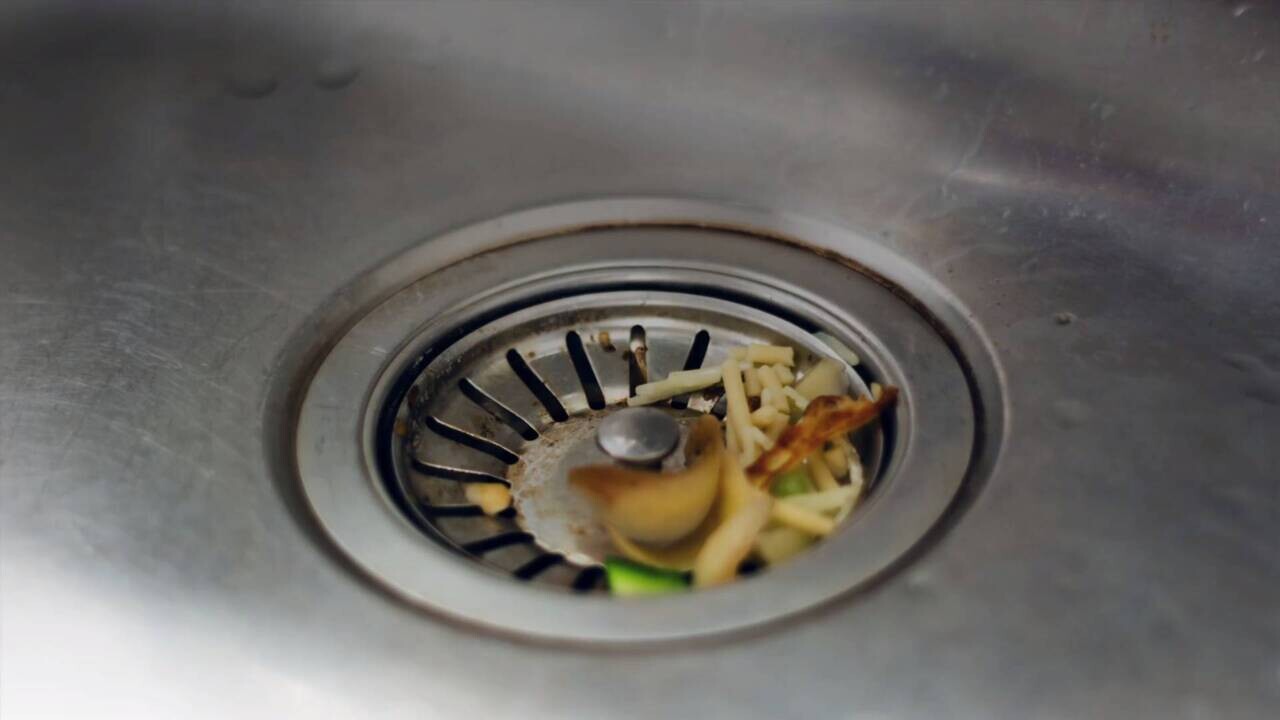


















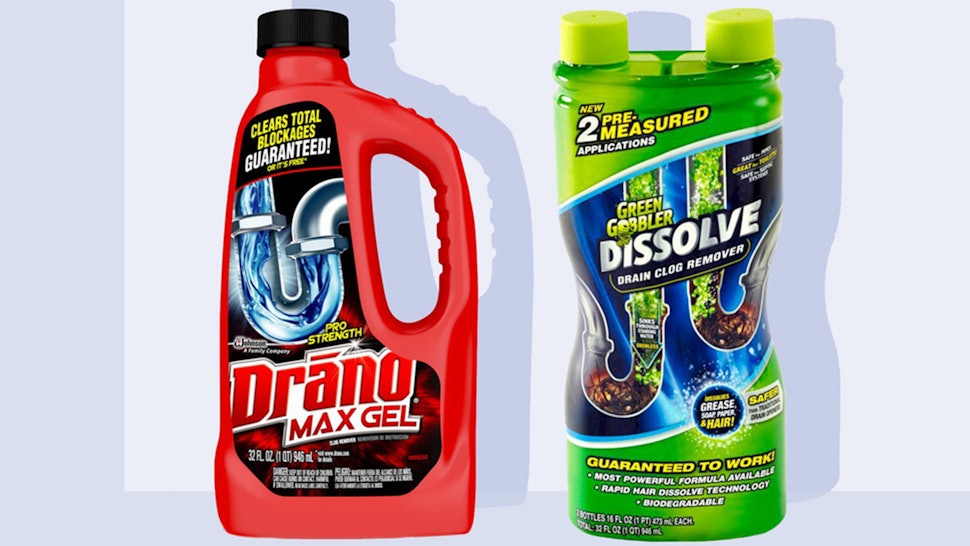
:max_bytes(150000):strip_icc()/homemade-drain-cleaner-2718784_01_1041-09a5264ba2a34698816e62a385f0895f.jpg)












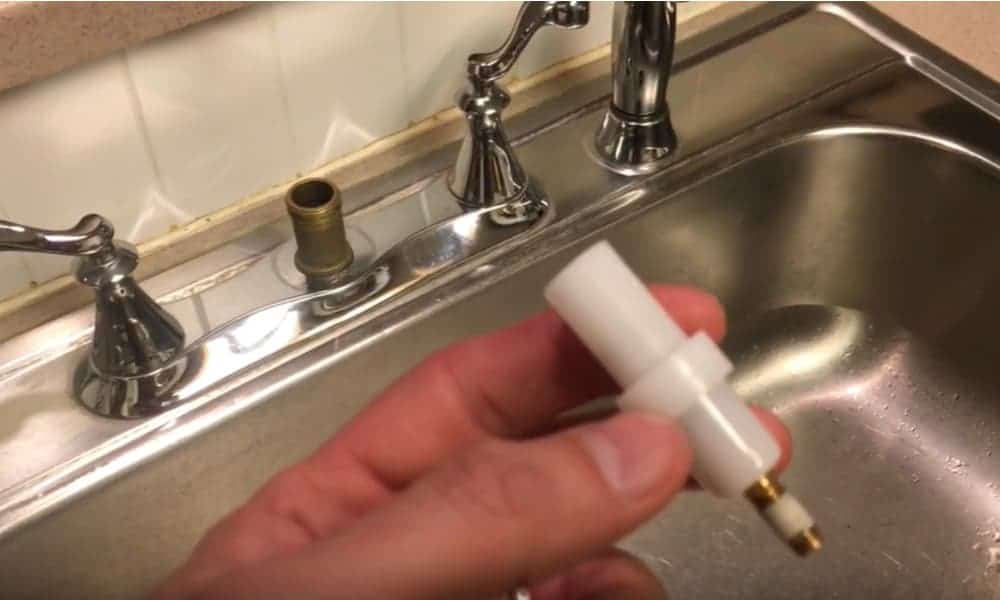










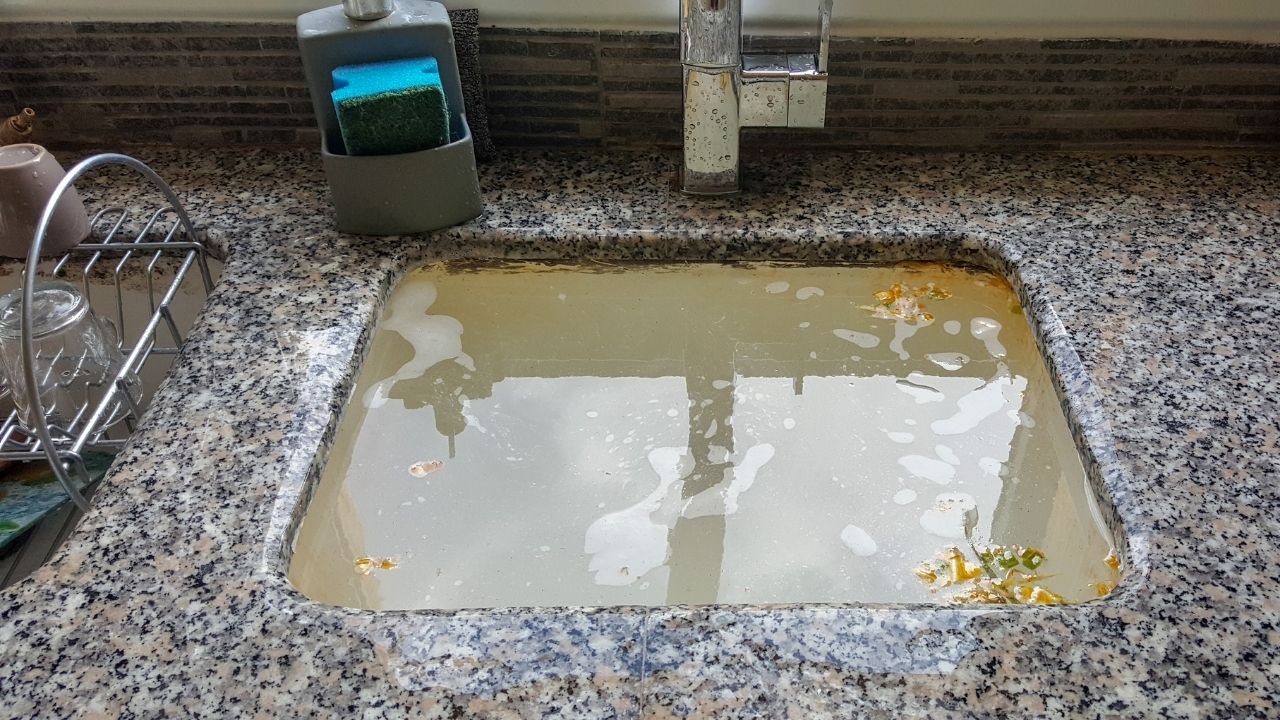





:max_bytes(150000):strip_icc()/Five-Ways-to-Fix-a-Slow-Sink-Drain-03-24c1f6dd477d46b9b5d1f70952a76933.jpg)




:max_bytes(150000):strip_icc()/Five-Ways-to-Fix-a-Slow-Sink-Drain-05-a5fceccbd5a64b1b8730ee1e24b81b4f.jpg)
















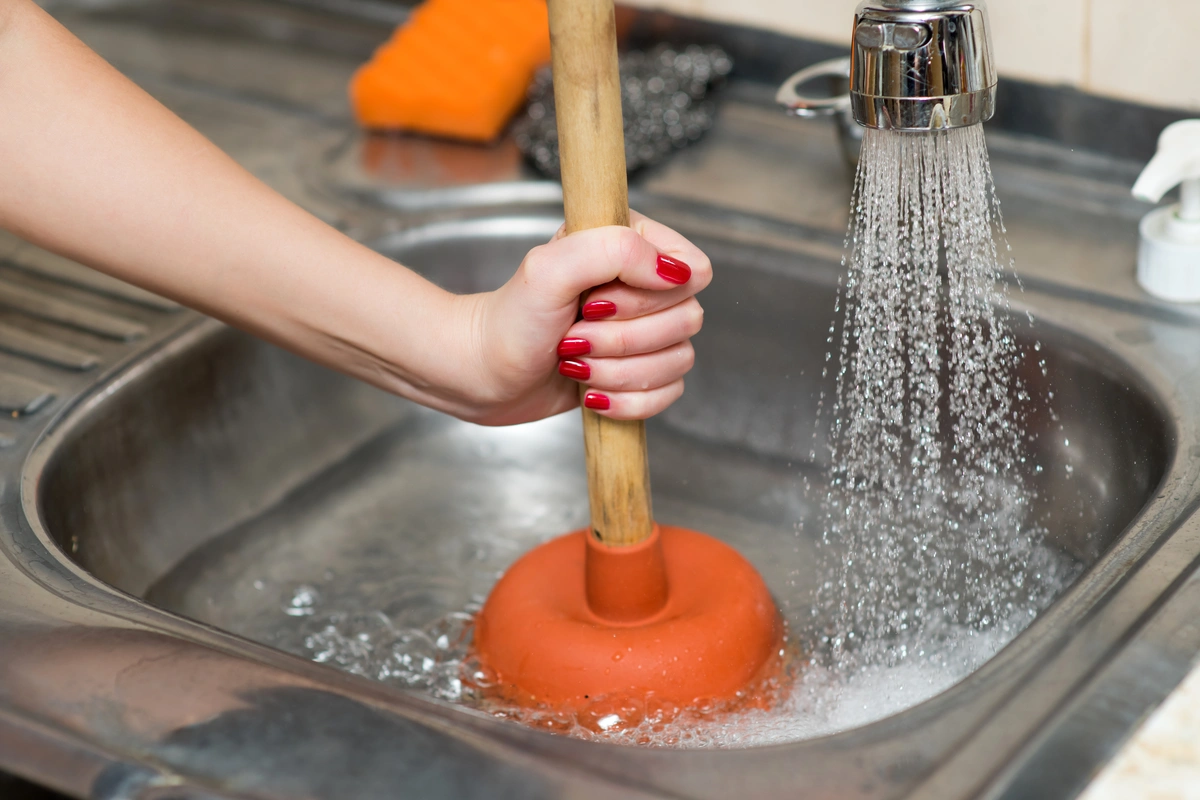









:max_bytes(150000):strip_icc()/Basic-kitchen-sink-types-1821207_color_rev-0b539306b9ef4236a136624ad2a89a4c.jpg)





